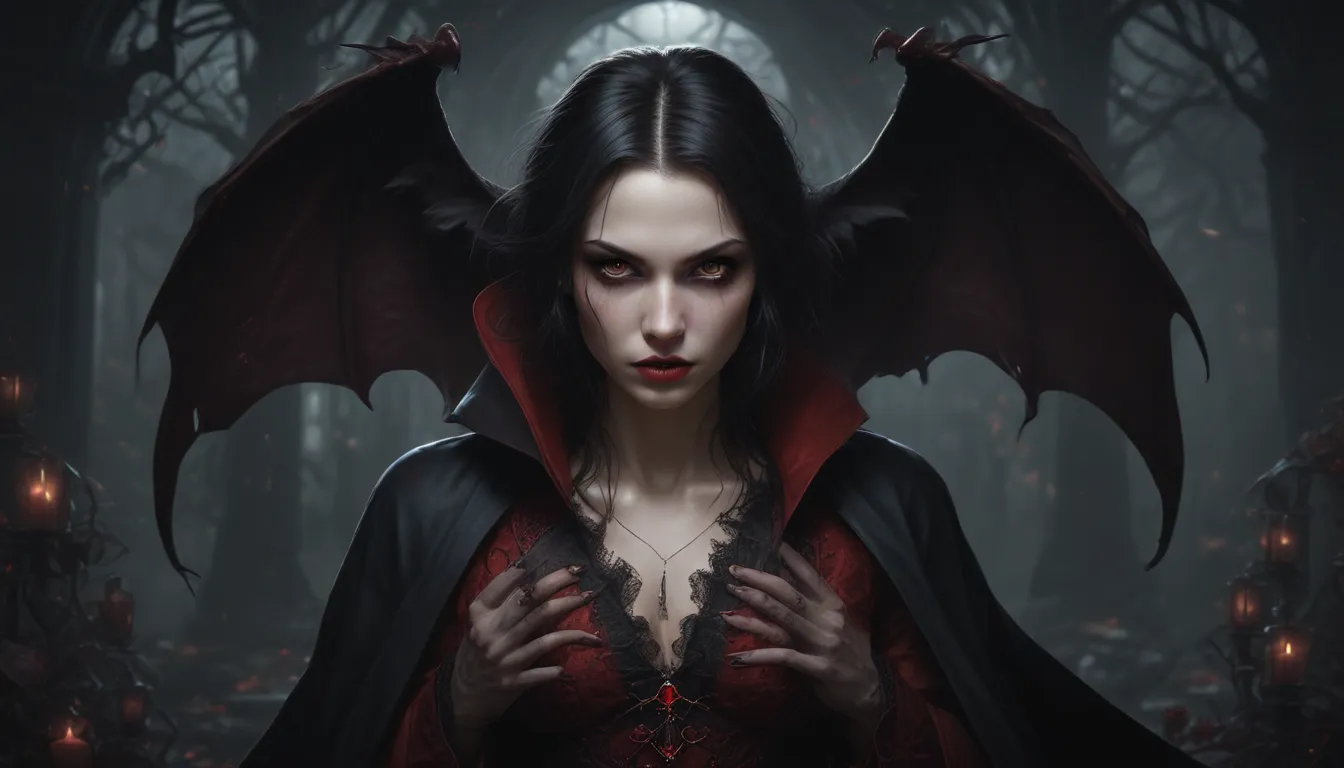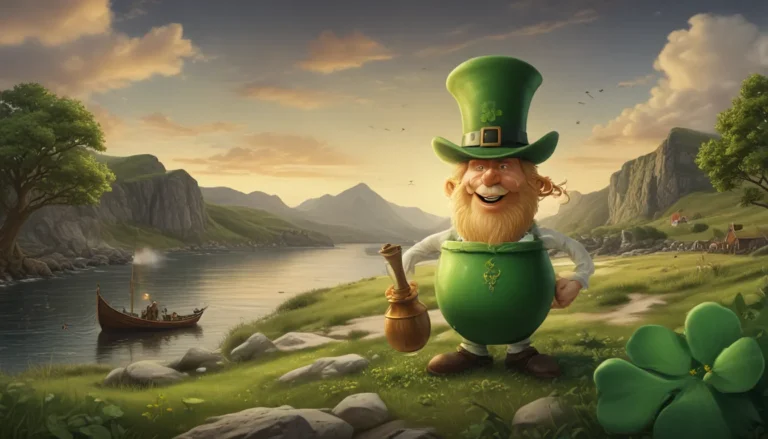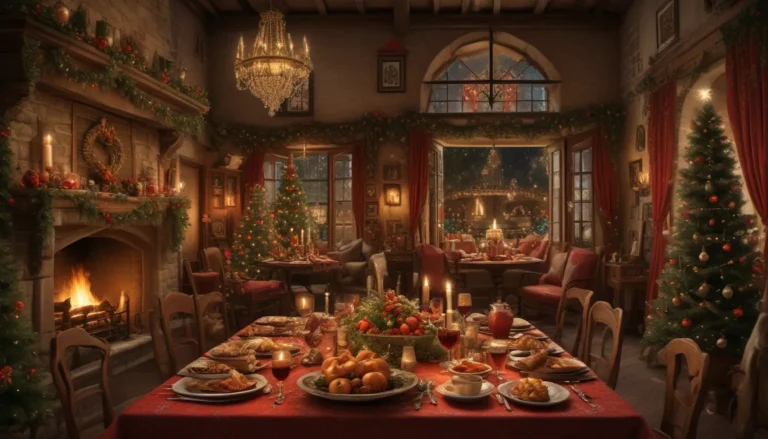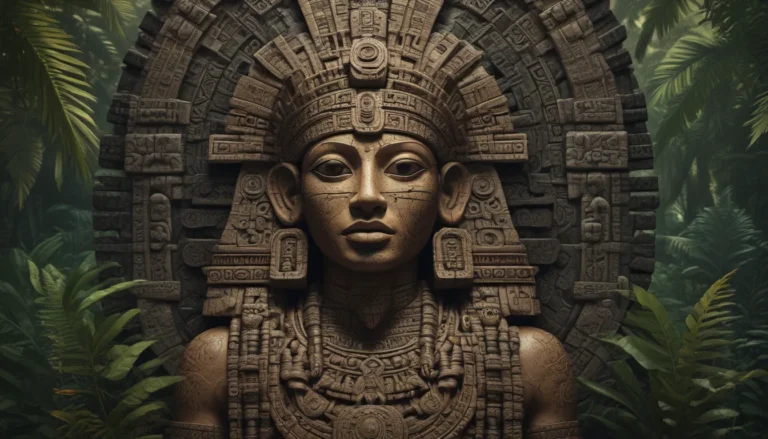The images in our articles may not match the content exactly. They are used to grab your attention, not to show the exact details in the text. The images complement the text but do not replace it.
Vampires have long captivated our imagination, from legends to literature, and even Hollywood movies. The allure of these immortal beings has persisted throughout history, shaping our beliefs and fears. Delve into the realm of vampire facts to uncover the truth behind these enigmatic creatures and their enduring fascination.
Vampires Do Exist, and Are Much Older than We Think
Diving into the depths of history, we discover that vampires are not merely a modern invention but trace their origins back to ancient Babylonian times around 4000 BC. Known as “ekimmu,” these malevolent spirits were believed to haunt the living after a improper burial, sucking the life force out of unsuspecting victims. The roots of vampire lore run deep, permeating through centuries of human folklore and superstition.
Vampires Caused Hysteria in the 18th Century
The 18th century witnessed a surge of hysteria surrounding vampires, leading people to extreme measures to combat these mythical beings. Graveyards were desecrated, bodies exhumed, and even laws enacted to prevent the resurrection of the undead. The fear of vampires gripped societies, driving them to drastic actions in a desperate attempt to ward off these nocturnal predators.
Vampires Were Popular on Film and Further Increased Their Legend
The silver screen immortalized vampires, with iconic films like “Nosferatu” and “Dracula” capturing the public’s imagination. Actors like Bela Lugosi brought the suave and sinister Count Dracula to life, cementing the image of vampires in popular culture. These cinematic interpretations continue to shape our perception of vampires, enhancing their mystique and allure.
Female Vampires Were Blamed for Many Wrongdoings
Female vampires, often portrayed as seductive and malevolent, were the subject of numerous superstitions and fears. From feeding on the living to spreading disease, these alleged creatures instilled dread in communities. Suspected female vampires were buried with precautions like rocks in their mouths to prevent them from rising and unleashing terror upon the living.
It Is True that Garlic can Repel Vampires
The age-old belief in garlic as a vampire deterrent stems from its antimicrobial properties. Folklore suggests that garlic wards off vampires, protecting individuals from their nocturnal attacks. Whether tucked under a bride’s wedding dress or carried by sailors on the high seas, garlic has been a steadfast defense against the undead in popular vampire lore.
The First Mention of the Name Vampire Came in 1734
The term “vampire” first appeared in literature in the 18th century, marking a significant moment in the evolution of vampire mythology. Though its exact origins remain shrouded in mystery, the word’s Slavic roots hint at ancient beliefs and practices linked to witchcraft and the supernatural. The name “vampire” carries a legacy of fear and fascination that endures to this day.
Dolmens Were Used to Stop Vampires Rising
Ancient dolmens, stone structures found over suspected vampire graves, served as barriers to contain malevolent spirits. These imposing monuments, resembling stone tables, stood as physical defenses against the undead, ensuring that vampires could not escape their burial sites. The ritualistic placement of dolmens reflects a primal fear of creatures that defy death and prey on the living.
Vampires Are Connected to the British Royal Family
The intriguing connection between vampires and the British royal family sparks curiosity and speculation. Alleged ties between Prince Charles and the infamous Vlad the Impaler, known for his brutal rule and sadistic practices, add a tantalizing twist to vampire lore. The enigmatic legacy of Vlad, whose tomb remains empty, weaves a web of mystery around the royal lineage and the enduring myths of vampirism.
To Rid Yourself of a Vampire…Eat a Vampire?
Bizarre rituals involving consuming the remains of vampires emerged as a means of protection against their malevolent influence. From drinking vampire ashes to baking their blood into bread, these macabre practices reveal the depths of superstition and fear surrounding vampires. The notion of ingesting vampire flesh as a defense against their supernatural powers reflects a primal instinct to conquer the unknown through primal means.
There Are Rare Medical Conditions that Vampires Suffer From
Fascinating medical conditions like Porphyria shed light on the possible origins of vampire myths. Afflicting individuals with symptoms like photosensitivity and abnormal hair growth, Porphyria mirrors the characteristics attributed to vampires in folklore. The overlap between medical anomalies and vampire legends blurs the lines between reality and fiction, inviting exploration into the complexities of human belief and imagination.
In Conclusion
Vampires have transcended time and culture, weaving a tapestry of myth and mystery that continues to captivate our imagination. From ancient Babylonian spirits to Hollywood icons, vampires embody our deepest fears and desires, provoking fascination and dread in equal measure. Exploring the rich tapestry of vampire lore reveals the enduring power of these immortal beings in our collective consciousness.
Embrace the Shadows: Unraveling the Secrets of Vampire Lore
Our journey through the shadows of vampire mythology unveils the hidden truths and timeless legends that lurk in the night. Join us as we delve into the heart of darkness and confront the mysteries that linger in the realm of vampires. Discover the allure and terror of these mythical beings as we illuminate the shadows with the light of knowledge. Dive into the realm of vampires and unlock the secrets that lie beneath their immortal facade. Join us on a journey of discovery and enlightenment as we unveil the enduring legacy of vampire lore. Step boldly into the night and embrace the mysteries that await in the realm of the undead.






